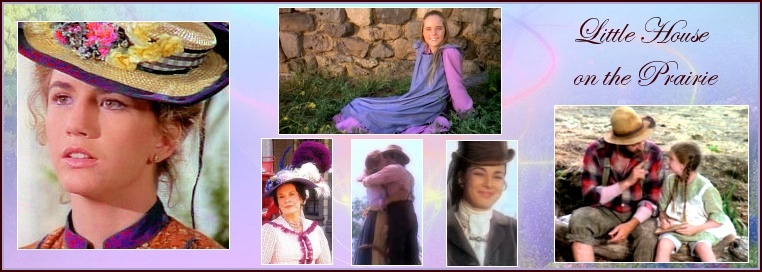
JASPER, N.Y. — Horse-drawn buggies have become commonplace on the roadways winding through the lush hills in this town, evidence of the striking growth in the Amish population in upstate New York in recent years.
Related
Bearded men in broad-brimmed hats spoke in low tones. Women sat silently on long benches, their white-bonneted heads bent, dabbing handkerchiefs to swollen eyes.
They did not want to speak to outsiders, but the non-Amish society around them was grieving, too.
“Our prayers to our Amish,” the sign at the local firehouse read, underscoring how much the Amish have become an integral part of the agricultural fabric of this region.
“When I heard it was people from our community, it tore my heart right out,” said Robert Mattison, captain of the volunteer ambulance corps in Jasper, which is about 250 miles northwest of New York City.
Upstate New York has been weathering tough economic times and sharp population declines, but the unexpected influx of the Amish has provided a glimmer of hope. Their population in New York has doubled over the past decade, as they migrate from their longstanding population centers in Ohio and Pennsylvania in search of affordable farmland.
Amish farmers and craftsmen have quietly changed the landscape across western and upstate New York, reviving some farming towns and causing moderate conflicts in others, often over building and zoning requirements that are counter to austere Amish customs.
In 2000, the Amish population in New York was estimated at 35 church districts, or independent communities, with 4,725 residents. Now there are 96 districts with about 13,000 residents, according to the latest estimates by the Young Center for Anabaptist and Pietist Studies at Elizabethtown College in Pennsylvania.
Nationwide, the total Amish population is 261,150 in 28 states.
In Jasper, where the population was around 1,370 in 2009, the Amish and their non-Amish neighbors have become partners, each needing the other to survive.
When a busload of schoolchildren visited Jasper the other day, an Amish furniture maker gave them buggy rides and let them pet his horse. Amish and non-Amish children play together. Their parents have forged tentative friendships, sometimes hunting together, sharing self-deprecating jokes and attending funerals, residents say.
Rare is the townsperson who denies an Amish neighbor’s request to use the telephone or get a car ride. The non-Amish recognize that the Amish have helped to keep this farming town alive: the Amish began arriving in the early 1980s, buying vacant land, fixing up decrepit houses and bringing much needed commerce to town.
Glen Bullock, whose family has owned a hardware shop here for three generations, estimated that 60 percent of his sales were to the Amish. He said that the Amish were not fully integrated with the rest of village, but that there were pleasant daily interactions. When his father died in 1986, he said, “the Amish were the first at my door.”
“They’re just regular folks,” he added. “Great folks.”
The accident on Tuesday occurred in Benton, about 50 miles away, when a car trying to pass a tractor on a curve sideswiped a van carrying 13 Amish farmers.
They and about 20 other Amish farmers, in separate vehicles, were on an educational excursion sponsored by Cornell University Cooperative Extension. They had planned to visit farms to learn about the use of high tunnels — low-tech greenhouses with curved frames, covered by a plastic sheet.
Amish generally do not drive, but they do ride in vehicles.
Those killed in the crash were from Jasper, and the nearby Woodhull and Troupsburg areas. They were identified on Wednesday as Anna Mary Byler, 60; Melvin Hershberger, 42; Melvin Hostetler, 40; Elizabeth Mast, 46; and Sarah Miller, 47.
The driver of the car, Steven A. Eldridge, 42, of Penn Yan, N.Y., has been charged with criminally negligent homicide, driving while intoxicated and lesser offenses. The crash, in a no-passing zone, also hurt 10 other people, the police said
.
